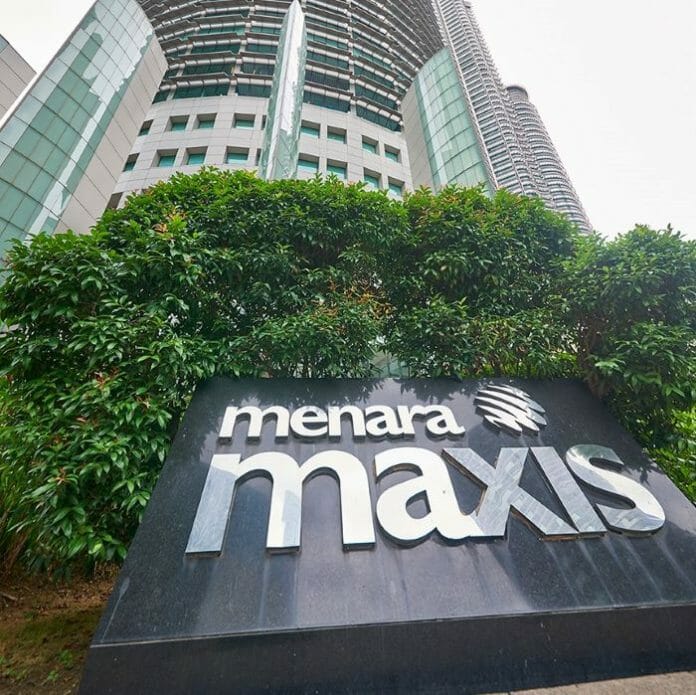The protracted saga of the Single Wholesale Network (SWN) and its owner Digital Nasional Bhd (DNB) appears close to a
resolution. The new government seems to rally firmly behind the DNB-led SWN with an emphasis on an expeditious roll-out of 5G in preparation for the impending 6G in the coming years. The government also emphasises the need to bridge the digital divide between the T20 and B40 groups as it accelerates Malaysia to Industrial Revolution 4.0 (IR4.0). The current government review of the roll-out by DNB looks heavily to favour the telcos in terms of costs and roll-out mechanism.
Kenanga says it views the prospective earnings of telcos to remain resilient as telecommunications have evolved into a necessity of modern life. Inflation is not seen as a major threat in the telco space as seen in the regional markets, in fact, subscribers remain robust as digital applications such as short messaging, virtual meetings, electronic cash payment, e-hailing, online shopping and online food, and grocery delivery become entrenched in everyday life as consumers look for ways to reduce costs and time consumption. With the introduction of the Unity package and the revision of the MSAP recently, consumers can enjoy attractive prices for their telecommunication needs and at the same time churn out higher subscriptions for the telcos based on needs, speed and affordability.
Demand for local mobile and broadband will be supported by wider coverage of both 5G and 4G. The wider coverage of 4G
(population coverage of 97% at end of 2022) saw mobile broadband speed reaching a mean of 116Mbps. Coverage of 5G
reached 47% at end of 2022 with tests that showed that Malaysia’s 5G achieved download/upload speeds 17x/6x faster
than 4G. Malaysia uses mostly 5G non-standalone access technology and this requires 5G users to be connected to 4G
when using 5G and benefiting from carrier aggregation with 4G bands.
According to OPENSIGNAL, Maxis is among the top global high performer with a score of 97% above the global average of 89% in terms of percentage of time users spend with a 4G or better connection which is not a surprise as the telco was already ahead in terms of fiberisation, base stations upgrade and new 4G towers (completed by end of 3QCY22).
Phase 2 of Jendela will be focusing on internet coverage mostly in remote and interior geographical conditions leveraging
multiple technologies such as 4G, 5G, and satellite connectivity ensuring higher speeds and mobility coverage plus adding
1.5m premises (from 7.5m currently) in broadband access, hence ultimately achieving broadband speeds of 100Mbps (from
52MBps) by 2025. DNB’s initial target for 5G coverage of 80% of populated areas by 2024 has been brought forward by the
government to end-2023 (more so in the East Coast and Borneo states). Telco infrastructure providers OCK and Edotco of AXIATA will benefit from both Jendela and the 5G roll-outs domestically. Telco infrastructure spending is also anticipated to surge as countries such as Indonesia, Laos, and Vietnam are set to enhance their 4G services and start their 5G journey in 2023.
Lower prices are also expected to boost demand. The government has introduced the Mobile Internet Prepaid Unity Data
Plan and the Fixed Broadband Unity Package to help the B40 group, veterans, the elderly, and the disabled. MCMC has also
introduced its revised Mandatory Standard Access Pricing (MSAP) which will see cheaper broadband packages offered by
the telcos. The government’s engagement with DNB to bring forward the 5G population coverage is expected to lower the
current access costs DNB is charging to the telcos. These initiatives will provide room to the telcos in providing services at
reduced prices without compromising on their margins. These reduced prices will benefit players like CDB and TM. CDB covers practically the whole of Malaysia with 4G population coverage of 96% whilst TM has the largest Point of Presence (POP) at 79% and 73% of the market share of the broadband market.
Top picks or the sector are CDB and MAXIS, Kenanga said it likes CDB as it is now the new market leader in the mobile market with a combined market share of 43% on the heels of the merger of Celcom and DIGI, Celcom’s key points are its network capacity with wider coverage while DIGI has in-depth coverage with an emphasis on urban areas. Celcom’s 4G and 4G+ cover 96% and 90% of the population, while DIGI’s 4G and 4G+ are at 95% and 80%, respectively, (iii) its competitive pricing and attractive bundling to attract migrant, domestic customers and the B40, (iv) superior EBITDA margins of both DIGI and Celcom at 5ppts−6ppts above the industry average of 41%−42%, and (v) roll-out of 5G will boost subscribers given the absence of MAXIS’ presence in this space currently.









